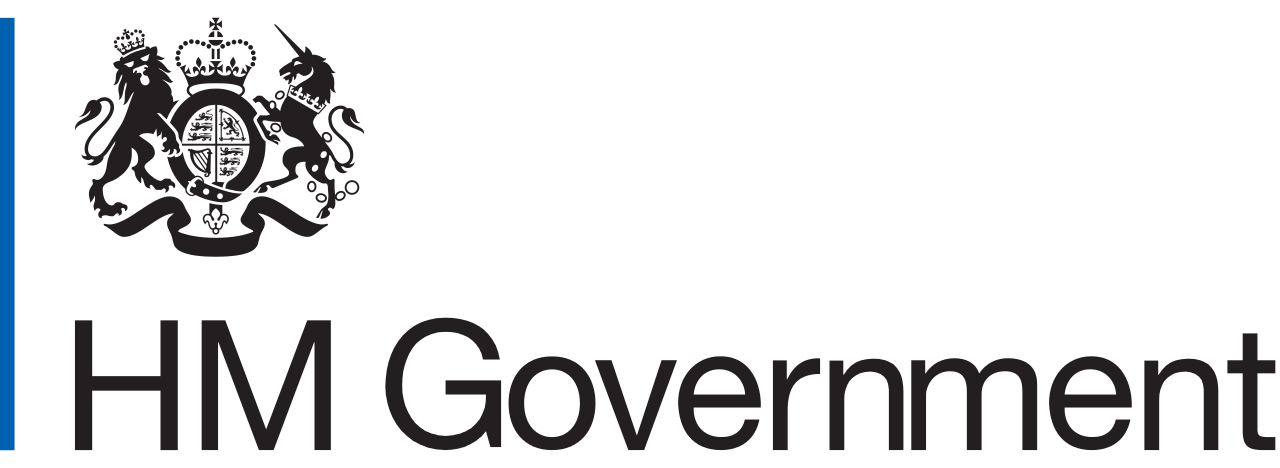The United Kingdom has historically played a leading role in developing parliamentary democracy and in advancing literature and science. At its zenith in the 19th century, the British Empire stretched over one-fourth of the earth's surface. The first half of the 20th century saw the UK's strength seriously depleted in two world wars and the Irish Republic's withdrawal from the union. The second half witnessed the dismantling of the Empire and the UK rebuilding itself into a modern and prosperous European nation. As one of five permanent members of the UN Security Council and a founding member of NATO and the Commonwealth, the UK pursues a global approach to foreign policy. The Scottish Parliament, the National Assembly for Wales, and the Northern Ireland Assembly were established in 1999. The latter was suspended until May 2007 due to wrangling over the peace process, but devolution was fully completed in March 2010.
The UK was an active member of the EU from 1973 to 2016, although it chose to remain outside the Economic and Monetary Union. However, frustrated by a remote bureaucracy in Brussels and massive migration into the country, UK citizens on 23 June 2016 narrowly voted to leave the EU. The so-called “Brexit” will take years to carry out but could be the signal for referenda in other EU countries where skepticism of EU membership benefits is strong.
Members:
Resources
Displaying 701 - 705 of 782Town and Country Planning (Enforcement Notices and Appeals) (England) Regulations 2002 (S.I. 2682 of 2002).
These Regulations contain provisions relating to: (a) the contents of enforcement notices issued under section 172 of the Town and Country Planning Act 1990 and the information to be provided by local planning authorities when serving copies of such notices and the procedure to be followed in relation to appeals against such notices and against listed building and conservation areas enforcement notices issued under section 38(1) of the Planning (Listed Buildings and Conservation Areas) Act 1990.
Environmental Protection (Restriction on Use of Lead Shot) (England) (Amendment) Regulations 2002 (S.I. No. 2101 of 2002).
The principal Regulations prohibit the use of lead shot for shooting with a shot gun: (a) on or over any area below the high-water mark; (b) on or over the sites of special scientific interest included in Schedule 1 to the principal Regulations; (c) any wild bird included in Schedule 2 to the principal Regulations. Regulation 2(2) of these Regulations substitutes a new Schedule 1 to the principal Regulations, providing a revised list of sites of special scientific interest to which the prohibition on the use of lead shot applies.
Environmental Protection (Restriction on Use of Lead Shot) (England) Regulations 1999 (S.I. No. 2170 of 1999).
These Regulations prohibit the use of lead shot for shooting with a shotgun: (a) on or over any area below the high-water mark; (b) on or over the sites of special scientific interest included in Schedule 1 to the Regulations; or (c) any wild bird included in Schedule 2 to the Regulations namely ducks and geese (all species of each), coot and moorhen (regulation 3). "Lead shot" means any shot made of lead or of any alloy or compound of lead where lead comprises more than 1 percent of that alloy or compound (reg. 2).
Environmental Impact Assessment (Scotland) Amendment Regulations 2002 (S.S.I. No. 324 of 2002).
These Regulations implement, in Scotland, Council Directive 85/337/EEC on the assessment of the effects of certain public and private projects on the environment, as amended by Council Directive 97/11/EC, in relation to applications to planning authorities to determine the revised conditions to which an existing minerals planning permission should be subjected to under Schedules 8, 9 and 10 of the Town and Country Planning (Scotland) Act 1997 ("ROMP applications").
Rural Stewardship Scheme (Scotland) Regulations 2001 (S.S.I. No. 300 of 2001).
These Regulations implement Commission Regulation (EC) No. 1750/1999 which prescribes detailed rules for the application of Council Regulation (EC) No. 1257/1999 on support for rural development from the European Agricultural Guidance and Guarantee Fund.


